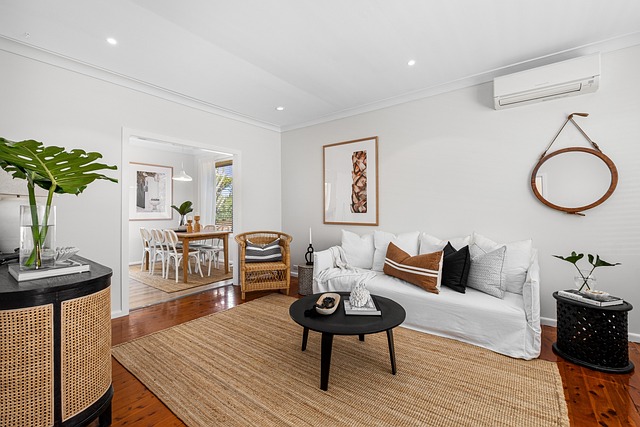In an era where design is increasingly driven by the dual desire for sustainability and style, rattan—and particularly cane webbing—is experiencing a powerful renaissance. Once relegated to colonial verandas and vintage armchairs, this age-old material is now a key feature in modern interiors, celebrated for its natural elegance, durability, and nostalgic warmth. The rattan revival is more than a trend—it’s a return to craftsmanship, texture, and the beauty of organic materials.
The Roots of Cane Webbing: A Craft Passed Through Generations
Cane webbing refers to the open-weave, mesh-like pattern typically made from the peeled outer skin of rattan vines. Originating in Southeast Asia, the technique has been used for centuries in furniture and basket-making, prized for its light weight, breathability, and flexibility. The signature hexagonal pattern not only adds visual interest but also contributes to the structural strength of furniture without the need for excessive materials.
In the 18th and 19th centuries, cane webbing became synonymous with European colonial design, often seen in classic pieces like the iconic Thonet chairs. Though its popularity dipped mid-20th century in favor of synthetic and industrial materials, cane never disappeared—it waited quietly for its moment to reemerge.
Why Cane Webbing is Back—and Here to Stay
What’s driving the rattan revival in the 21st century? Several cultural and design shifts have converged to spark renewed interest:
-
Sustainability: As consumers demand eco-conscious alternatives, rattan checks all the boxes. It’s fast-growing, biodegradable, and often handwoven—making it a lower-impact choice compared to plastic or metal.
-
Biophilic Design: The rise of biophilic interiors, which emphasize a connection to nature, has fueled the desire for natural textures like cane. Its earthy tones and organic form bring warmth and calm to any space.
-
Nostalgic Minimalism: In a world of sleek, screen-filled interiors, cane evokes a sense of nostalgia and craftsmanship. It offers a tactile softness that pairs beautifully with minimalist palettes and modern forms.
-
Versatility: From headboards to cabinet inserts, pendant lights to wall décor, cane webbing lends itself to both subtle accents and statement pieces. Its neutral palette allows it to blend seamlessly across design styles—from Scandinavian to boho to Japandi.
Modern Applications: Where Old-World Craft Meets New-World Form
Designers today are finding ingenious ways to reimagine cane webbing. Consider:
-
Contemporary Cabinets: Solid wooden cabinetry can feel heavy in small spaces. Replacing panels with cane allows for breathability and lightness, ideal for kitchens and wardrobes alike.
-
Accent Chairs and Loungers: Mixing cane backs or seats with modern frames—powder-coated metal or sleek ash wood—results in furniture that feels timeless yet distinctly current.
-
Room Dividers and Screens: Cane’s see-through quality makes it perfect for dividing open-plan spaces without closing them off.
-
Lighting Fixtures: Cane-wrapped shades diffuse light beautifully, casting warm shadows and adding ambiance to dining areas and bedrooms.
A Craft with Cultural Integrity
As the popularity of cane surges, it’s also important to acknowledge the cultural origins and artisan labor behind the material. Much of the world’s cane webbing is still handwoven in Southeast Asia, where it supports local economies and centuries-old crafts. Ethical sourcing and fair-trade practices ensure that the rattan revival benefits not just consumers and designers, but also the communities that keep this traditional technique alive.
Conclusion: A Material with a Story
The return of cane webbing in modern design is more than a fad—it’s a testament to timeless appeal, eco-conscious living, and the human desire to surround ourselves with texture, history, and soul. As homes become more than functional spaces and evolve into reflections of personal values, materials like cane webbing offer a bridge between the past and the future—beautifully natural, quietly luxurious, and always in style.

